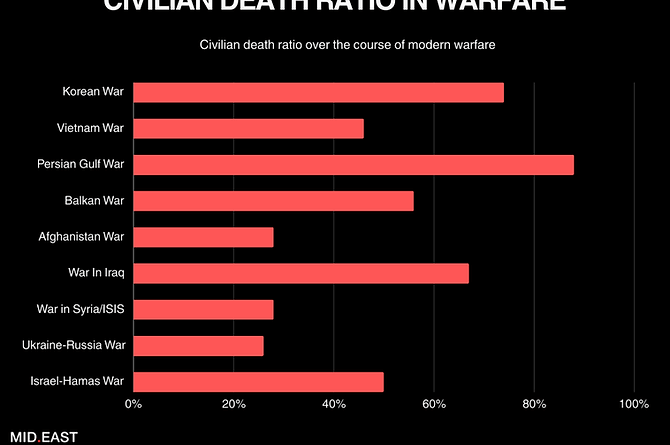The Tragic Thread from Guernica to Gaza: Aerial Warfare Redefined
The nature of warfare has undergone a seismic shift, particularly spotlighting the altering role of aerial warfare. Historically, aerial warfare has had a unique aspect of detachment, unattainable in terrestrial warfare. The aviation industry has significantly influenced the war frontier for nearly nine decades, beginning from when airborne technologies began aiding military forces.
In the mid-1930s, a noteworthy instance began when Benito Mussolini commissioned Italy’s air force during the Ethiopian invasion. A terrifying angle to observe was that its primary targets were healthcare facilities. Few years later, tragedy unfolded in the Spanish town of Guernica in April 1937. The infamous fascist forces of Germany and Italy carried out a horrific bombing campaign, making Guernica a notorious symbol of civilian casualties.
The onset of World War II in September 1939 brought about a presumption that bombing inhabited areas, invoking terror and causing civilian fatalities, was utterly unacceptable. However, as the war progressed, such inhuman acts became a grim part of the warfare norms. The German Luftwaffe’s bombing spree took the lives of over 43,500 non-combatants in Britain.
Tales of devastation unfolded in multiple cities across Germany and Japan, like Hamburg, Cologne, Dresden, Tokyo, Hiroshima, and Nagasaki. All fell prey to relentless bombings. Records highlight the appalling fact that bombings during the Second World War led to the demise of around 300,000 to 600,000 German civilians and more than 200,000 Japanese non-combatants.
A recent UN report has shed light on the harsh reality that nearly 70% of the confirmed fatalities in Gaza have been women and children. These abhorrent mass killings rely chiefly on the Israeli Air Force. The force publicly boasts the superior aerial strength and advancement of its squadrons contributes significantly to the overall ‘operational activities’ of the Israeli military.
The concept of ‘war on terror’ has unfortunately caused civilian casualties to be largely dismissed by many within the American media fraternity. For example, when the U.S initiated a significant air assault on Baghdad in March 2003, marking the beginning of the Iraq War, the spectacle was viewed as a powerful display of America’s high-tech weaponry.
This uncritical adoration towards the U.S.’s highly sophisticated aerial arsenal perpetuates the notion that these technologies, under the guardianship of the U.S, would always serve the greater good of humanity. In reality, however, this has frequently been far from the truth.
American criticisms of Russia over its Ukraine invasion in February 2022 and subsequent bombings of Ukrainian cities were, rightfully, stern. Yet the U.S.’s own history of similar actions made these admonishments appear somewhat hypocritical. In a frightening turn of events, Russian President Vladimir Putin referenced the atomic bombings of Japan to validate his own nuclear threats, stating it had set a ‘precedent.’
The potential for unchecked devastation resurfaced on October 8, 2023, the day after Hamas’s attack led to almost 1,200 casualties in Israel. This hinted at a terrifying future, raising alarm bells globally.
An American journalist, Gopal, provided a close look at the human toll of these warfare strategies when he investigated an incident in Helmand Province. He focused on the experiences of a common housewife, Shakira, from the diminutive village of Pan Killay, painting a grim picture of the consequences of aerial warfare on civilian life.
The growing U.S. reliance on aerial power over ground troops is a testament to the changing definition of being ‘at war.’ This shift was particularly noticeable during NATO’s bombing campaign in Libya in 2011. After only three months, the U.S. had sunk $1 billion into this campaign, a figure destined to rise further.
The Costs of War project’s co-director, Catherine Lutz, highlighted the same year that U.S. involvement in military actions extended to over 80 countries. This involvement has continued to grow in the years to follow, spanning the Biden and Trump presidencies.
Over the period, U.S. forces have been directly involved in sending bombers and missiles across several countries, including Yemen, Iraq, Syria, Somalia, and Iran. This reflects a distinct and troubling trend towards increased reliance on air power in international conflict.
The consistent atrocities in Gaza eerily mirror the horrible bombings of Guernica in the past. Yet, in Gaza, the violence is intensified and unceasing, with the world witnessing the ongoing carnage. As the atrocities persist unfettered, the echoes of Guernica only grow louder.
Thus, the repercussions of an evolving definition of warfare are evident. Although aerial strength provides strategic advantages, its misuse has led to unspeakable suffering and devastation. The narrative is continuous, drawing connections from Guernica to Gaza, piercing the narrative of the war like a tragic thread, reminding humanity of the urgent need for peace amid the growing reliance on devastating air power.

